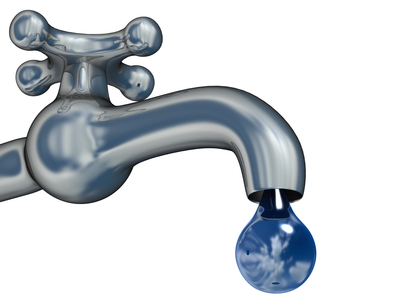 Our publication The Green Living Journal is available both on line and in printed form at 350 locations throughout the Portland-Vancouver metro area. The question of which of the two editions has the least impact on our environment is of constant concern to us, but the answer is rather elusive and often determined by who does the research.
Our publication The Green Living Journal is available both on line and in printed form at 350 locations throughout the Portland-Vancouver metro area. The question of which of the two editions has the least impact on our environment is of constant concern to us, but the answer is rather elusive and often determined by who does the research.
What makes for interesting reading are some of the bullets that the different sources put forth in order to support their particular position. From International Paper’s latest newsletter we learned that:
“On average it takes 500 kilowatt-hours of electricity to produce 440 lbs. of paper, the typical amount of paper each of us consumes annually. That is the equivalent of powering one computer continuously for five months.”
“It costs an estimated $2.8 billion of energy annually to leave computers sitting idle overnight in the U.S. alone. On a CO2 basis, that’s 20 million tons of carbon dioxide, and about the amount produced by four million cars on the road.”
“Twenty percent less CO2 is used per year by a person reading a daily printed newspaper versus a person reading web based news for 30 minutes a day.”
This last statement sent me to Google for it’s source and this led me to a study carried out in Sweden at the Center for Sustainable Communications at the Royal Institute of Technology (KTH), in collaboration with STFI-Packforsk. They investigated the environmental impact of various ways of reading the daily paper. The findings show that a half hour of reading an internet newspaper per day using a Kindle type device has about the same environmental effect as reading a paper newspaper. Reading the news directly on the web shortens that time to just 10 minutes. Any longer on the web and reading the printed paper has a lower environmental impact.
The authors go on to qualify the results according to the reader’s location in the world, how many people read each copy of the paper issue, how many people use the same computer, and how much of the time the computer is used for other purposes.
In the meantime we will continue to offer both editions for our readers.
Sources: International Paper|Royal Institute of Technology(KTH)|STFI-Packforsk




